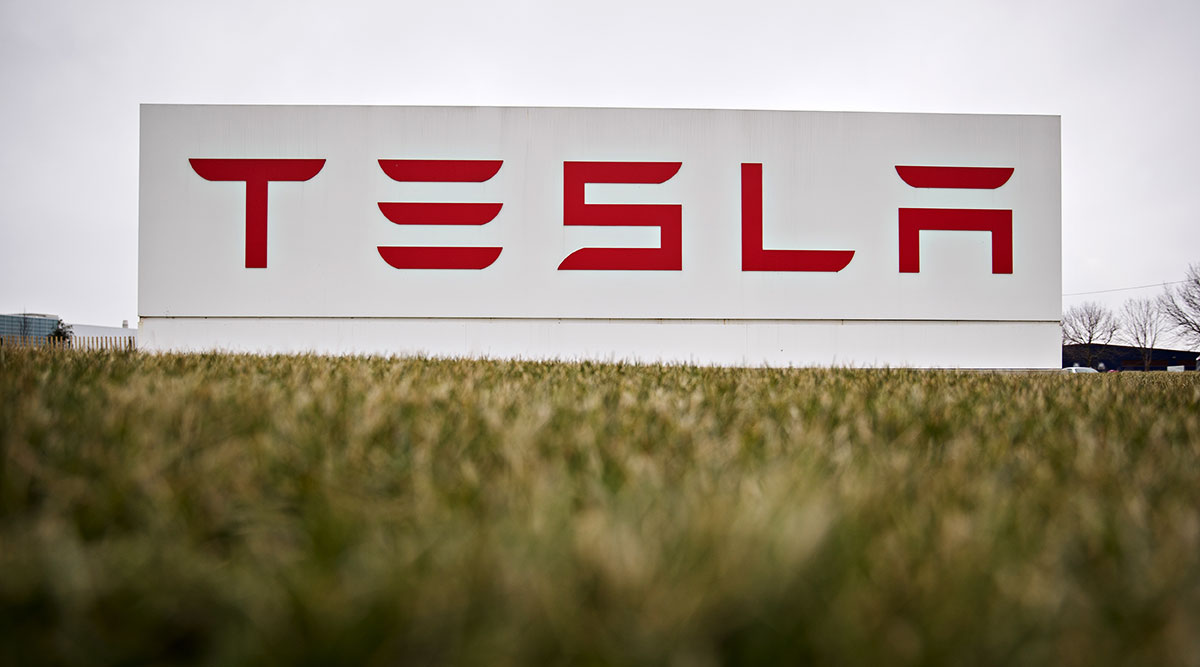Jefferies raises Tesla (TSLA) price target to $950 over strong demand, growing capacity

Tesla stock (NASDAQ:TSLA) recently received an optimistic outlook from Jefferies Equity Research, with analyst Philippe Houchois raising his price target on the automaker from $850 to $950 per share. Jefferies cited several reasons behind its update on TSLA stock, though the analyst noted that part of it is due to the growing gap between Tesla and legacy OEMs.
“We raise EBIT estimates 7-9% for 2022-23 and PT to $950 on higher capacity ramp and sustained demand, following further analysis of Q3 data and various sources of information on the soon-to-be-launched Berlin facility. For some time, the narrative has been legacy OEMs closing the gap; we see little evidence as Tesla continues to challenge at multiple levels. We raise EBIT and margin estimates in contrast with doubts about earnings momentum across legacy OEMs,” Houchois wrote in a note.
After market close, Jefferies raised its $TSLA PT to $950 from $850, and FY’21 Adj EPS by +9% to $5.59 (Street $5.41) and FY’22 Adj EPS by +8% to $8.05 (Street $7.36). Rationale: “higher capacity ramp and sustained demand;” specifically, Berlin opening and China 3Q demand. pic.twitter.com/nNpnY3lRUu
— Gary Black (@garyblack00) October 14, 2021
The Jefferies analyst noted that the demand has so far been stable for Tesla, and the company’s production capacity is getting better too. With strong demand and an ability to produce more of its products, Tesla could cater to substantially more consumers in the near future. Houchois estimated that even with a linear ramp, the addition of Giga Berlin and Giga Texas should add at least 500k units of actual capacity in one year. The analyst also noted that considering China’s recent results, concerns about domestic demand in the world’s largest EV market might be overblown.
“We make minor changes to 2021 delivery estimates (910k), calculating production exit run-rate of 1.1m, and raise 2022-23 volume to 1.3-1.7m units. Modeling a linear ramp-up of production at the low end of guided 5-10k units/week for two similarly sized new facilities in Austin and Berlin, Tesla is set to add at least 500k units of actual capacity in one year to 1.6million and a solid 200-250k of actual units in 2022.
“The final details of Q3 also showed China domestic sales of 73.6k units, putting to rest concerns about domestic demand, while annualized Q3 output yields 530k, i.e., Shanghai running at more than full capacity. Ytd Tesla delivered slightly more units than produced despite a still “immature” production network with cross-continent shipping accounting for c.20% of total production. Localizing production should improve delivery timing and associated transit costs,” Houchois wrote.
Apart from these, the Jefferies analyst noted that based on the information it could gather from Giga Berlin, the plant seems to be heavily designed for simplicity. This should make it easier for the company to produce vehicles like the Made-in-Germany Model Y in a manner that is extremely cost-efficient and relatively simple. This, together with Tesla’s capability to weather the chip shortage crisis by adapting its products to what components are available, should allow the company to keep an edge against its peers.
“From the information we could gather on the new Berlin facility, we noted that plant design was heavily flow-driven while the aluminum casting of both front and rear underbodies may reduce by c.40% the number of body-in-white components and robots required for welding and assembly. In a global auto industry plagued by complexity, Tesla continues to reduce complexity and set new standards for simplicity of design and assembly.
“Whilst Tesla has not been immune to supply disruptions in the course of 2021, it has outperformed peers in sourcing semi-conductors. From discussions with a senior expert in semi-conductor sourcing and manufacturing, we understand this partly reflects Tesla in-sourcing chip design with an ability to effect rapid re-design and secure more direct sourcing than peers,” the Jefferies analyst wrote.
Disclaimer: I own TSLA stock.